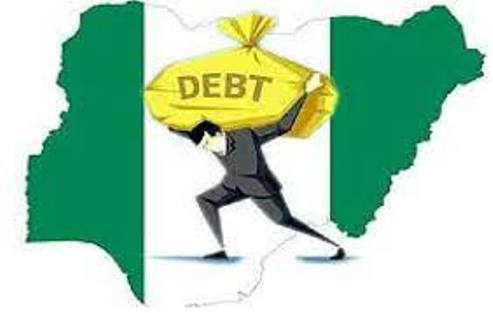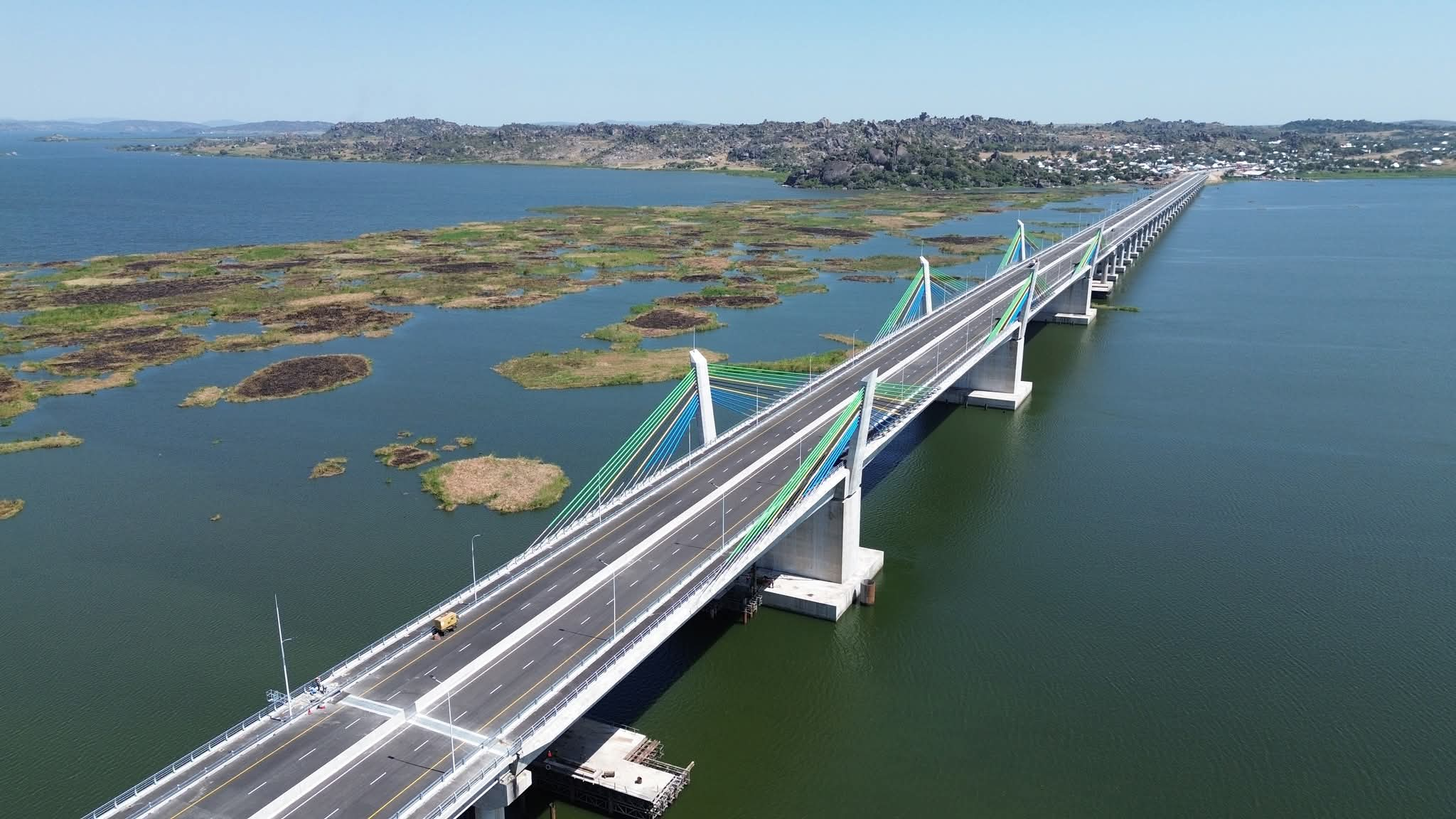1923-2023: History of Nigeria's Debt Profile at a Glance

Did you know that the first recorded public borrowing by Nigeria was in 1923, approximately £5.7 million, and that the first World Bank loan to Nigeria was in 1958, to the tune of £28 million used to finance the expansion of the Kainji Dam and the Ughelli Power Station?
Several factors contributed to Nigeria's rising debt, including overreliance on external debts for project financing, increased public sector workforce leading to higher salary bills, and poor investments due to unrealistic economic policies. The public debt burden in Nigeria comprises two major sources: internal or domestic debt and external or foreign debt. The Debt Management Office (DMO), established by the Debt Management Office (Establishment) Act, 2003, plays a crucial role in coordinating and managing the country's debt stock, both internal and external.
Nigeria's history of public debt dates back to the colonial era, when the country was under the rule of Britain. The first recorded instance of public borrowing by Nigeria was in 1923-1924. This financial arrangement amounted to approximately £5.7 million, carrying an annual interest rate of 2.5 per cent, and was structured for repayment over a 20-year period.
In 1927, the Nigerian Protectorate issued another £1 million loan from the Bank of England, this time to finance the construction of the Lagos–Port Harcourt Railway. The loan was also guaranteed by the British government, and was repaid in 1938.
Progressing into the late 1930s, Nigeria acquired an additional loan of £4.89 million by the end of 1936, resulting in the country's cumulative public debt reaching about £9.89 million. Subsequently, from 1946 to 1948, Nigeria obtained an additional £5.74 million, further elevating the nation's total debt burden to £21.24 million by the conclusion of 1952.
In 1958, the Nigerian Protectorate issued a £28 million loan from the International Bank for Reconstruction and Development (IBRD), also known as the World Bank. The loan was the first World Bank loan to Nigeria, and was used to finance the expansion of the Kainji Dam and the Ughelli Power Station. The loan was repaid in 1978.
As colonial rule drew to a close, Nigeria's aggregate debt stock stood at approximately £17 million. Post-independence, despite a strategic shift toward internal fund generation, Nigeria sought financial support from the Paris Club of Creditors. This subsequent loan amounted to around $31 million, carrying an interest rate of 3.5 per cent per annum and a repayment period spanning two decades.
After Nigeria gained its independence from Britain in 1960, the country continued to borrow from various sources, both domestic and external, to finance its development needs. The main sources of external borrowing were the World Bank, the International Development Association (IDA), the International Monetary Fund (IMF), the African Development Bank (AfDB), the European Economic Community (EEC), and bilateral creditors, such as the United States, Britain, France, Germany, Japan, and China. The main sources of domestic borrowing were the Central Bank of Nigeria, the Nigerian Industrial Development Bank (NIDB), the Nigerian Agricultural and Cooperative Bank (NACB), and the Nigerian Bank for Commerce and Industry (NBCI).
The national debt of Nigeria increased significantly in the 1970s and 1980s, Nigeria's external debt alone soared to a staggering $14.8 billion, with approximately $6.3 billion owed to the Paris Club of Creditors. This was also due to several factors, such as the Nigerian Civil War (1967-1970), the 1973 oil crisis, the 1979 energy crisis, the Second oil price shock, the structural adjustment programs (SAPs), the 1980s oil glut, the 1986 Naira devaluation, and the oil price collapse of the late 1980s and early 1990s. The debt-to-GDP ratio of Nigeria rose from 5.6% in 1960 to 75% in 1991, reaching a peak of US$35.9 billion.
The period between 1986 and 1993 witnessed a sharp rise in Nigeria's external debt, marking the onset of challenges in debt servicing that persist today. Economists pinpoint 1985 as a crucial period when Nigeria's total external debt reached about $19 billion.
The national debt of Nigeria declined in the 1990s and 2000s, due to various factors, such as the democratization of Nigeria in 1999, the Heavily Indebted Poor Countries (HIPC) initiative, the Multilateral Debt Relief Initiative (MDRI), the Paris Club debt relief, the Extractive Industries Transparency Initiative (EITI), the Nigeria Sovereign Investment Authority (NSIA), and the Excess Crude Account (ECA). By the end of 2004, the Nigerian government's outstanding external debt had surged to almost $36 billion.
In 2005, Nigeria faced an unsustainable debt scenario, with a total revenue of around $9 billion and a debt portfolio of approximately $36 billion. A turning point emerged in late 2005 through agreements with the Paris Club of Creditors and London, allowing Nigeria to buy back about $30 billion of its $32 billion external debts through a one-time cash payment of $12 billion. Olusegun Obasanjo, in his 2001 budget speech, highlighted the gravity of Nigeria's debt burden, which, after negotiations, resulted in a pegged debt service of one billion US dollars for 2001. The historic agreement under President Obasanjo removed Nigeria from the list of the world's most poorly rated countries.
Despite this agreement, domestic debt, estimated at around N1.52 trillion during that period, did not witness substantial reduction. The debt-to-GDP ratio of Nigeria fell from 75% in 1991 to 7.3% in 2008, reaching a low of US$20.6 billion. The national debt of Nigeria increased again in the 2010s and 2020s, due to various factors, such as the 2010s oil glut, the COVID-19 pandemic, the End SARS protests, the 2021 Nigerian economic crisis, the 2021 Nigerian Twitter ban, and the 2023 Nigerian general election.
As of April 2011, the domestic debt of Nigeria had escalated to N4.8 trillion (approximately $30 billion). This debt had several components: Federal Government Bonds (N3.06 trillion), Nigerian Treasury Bills (N1.44 trillion), and Treasury Bonds (around N372.9 billion). Conversely, the external debt was estimated to be about $4.1 billion. In 2018, the Nigerian government debt-to-GDP ratio is estimated to be in the region of 24.1 per cent. Then it rose from 7.3% in 2008 to 38.4% in June 2023.
Source: Wikipedia
#penglobalfinance #debt #Nigeria


_1755775186.jpg)
